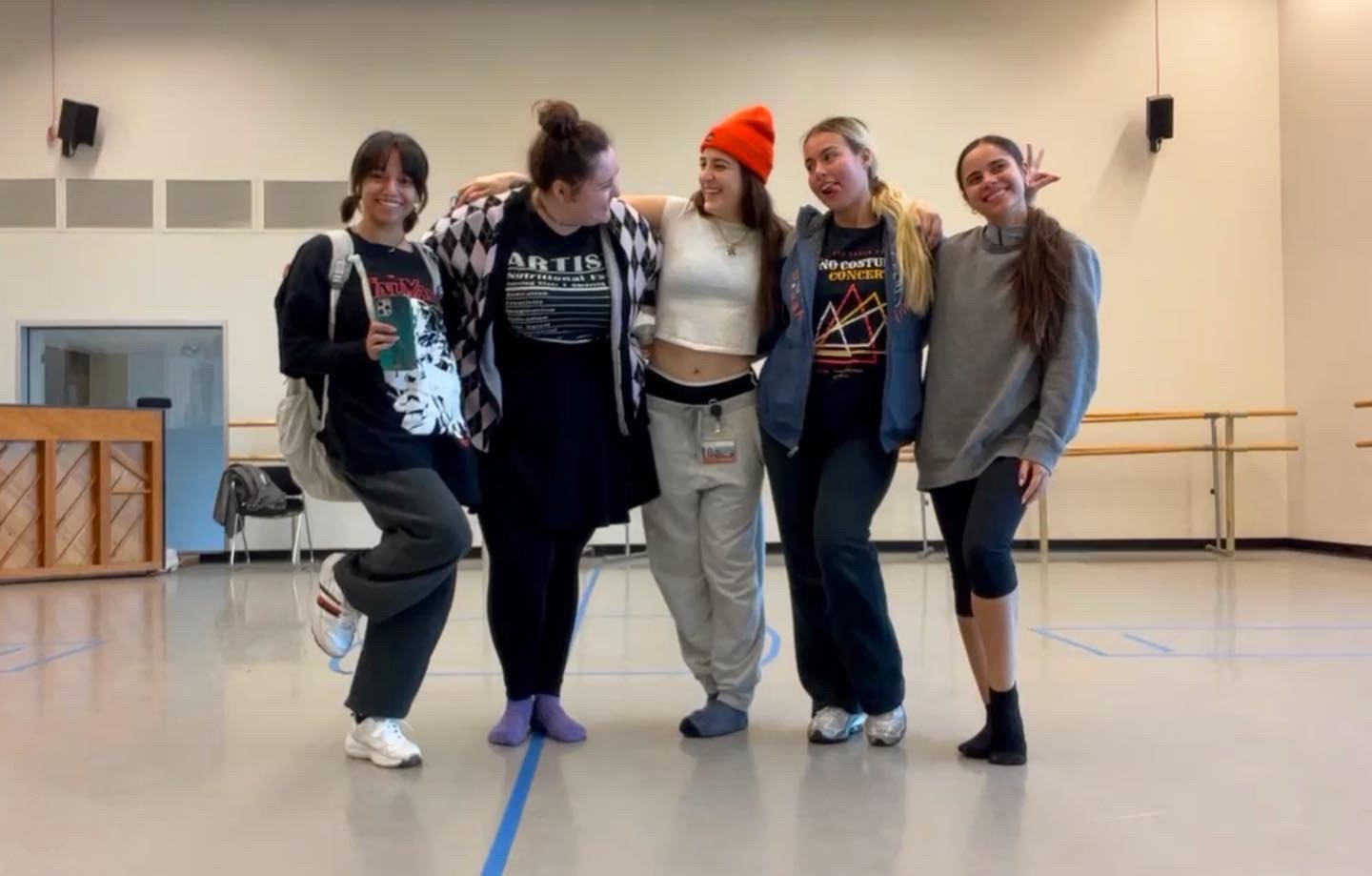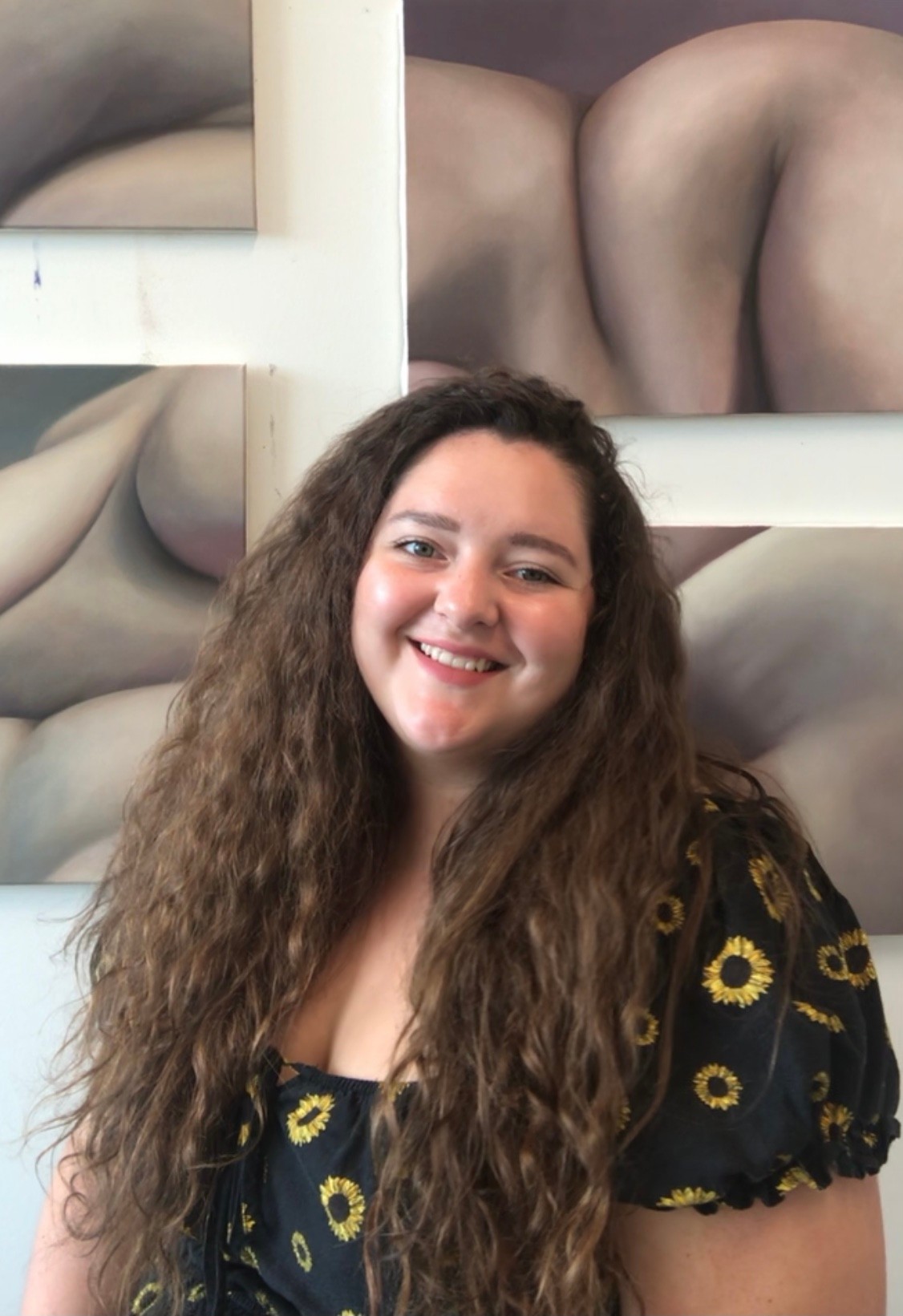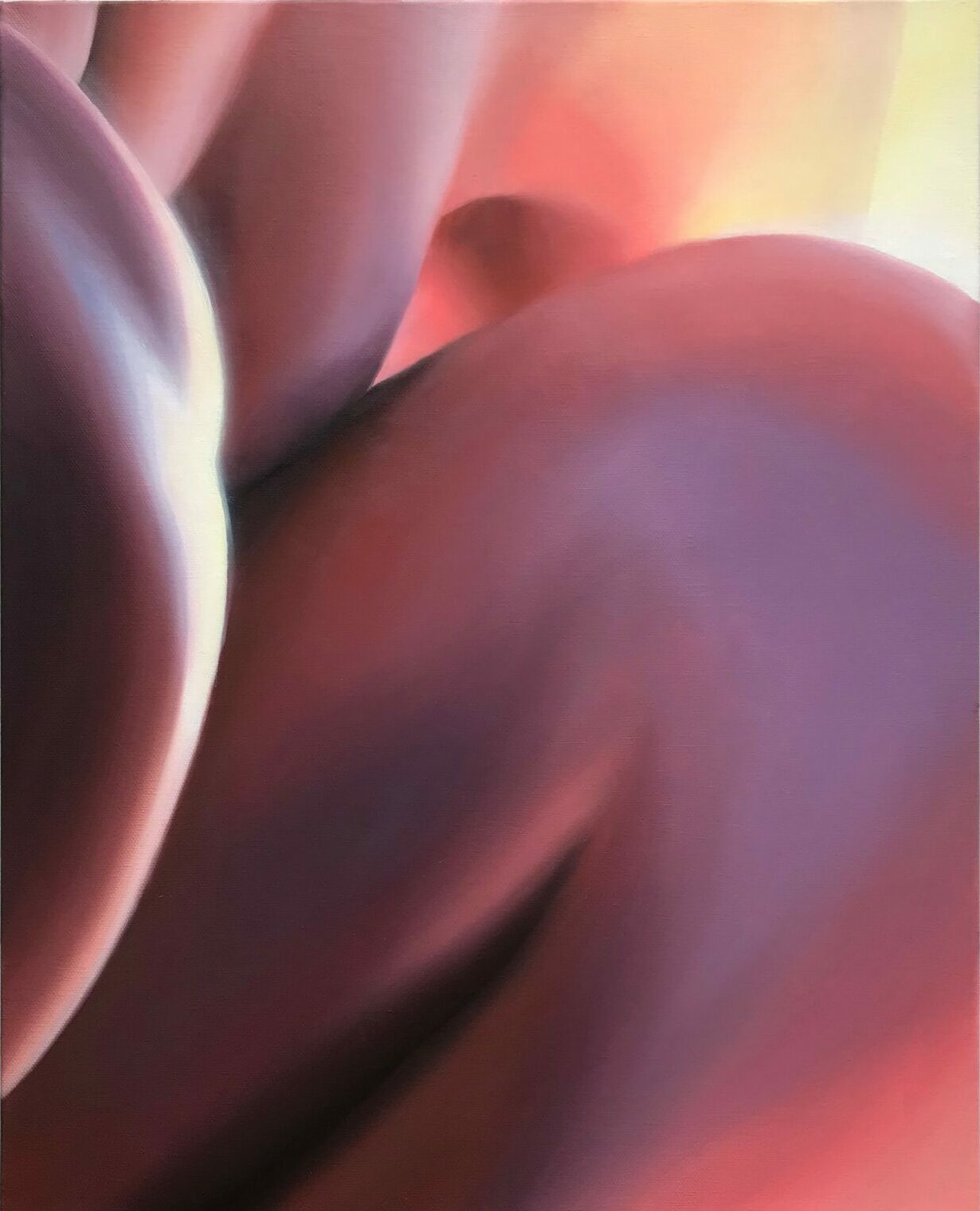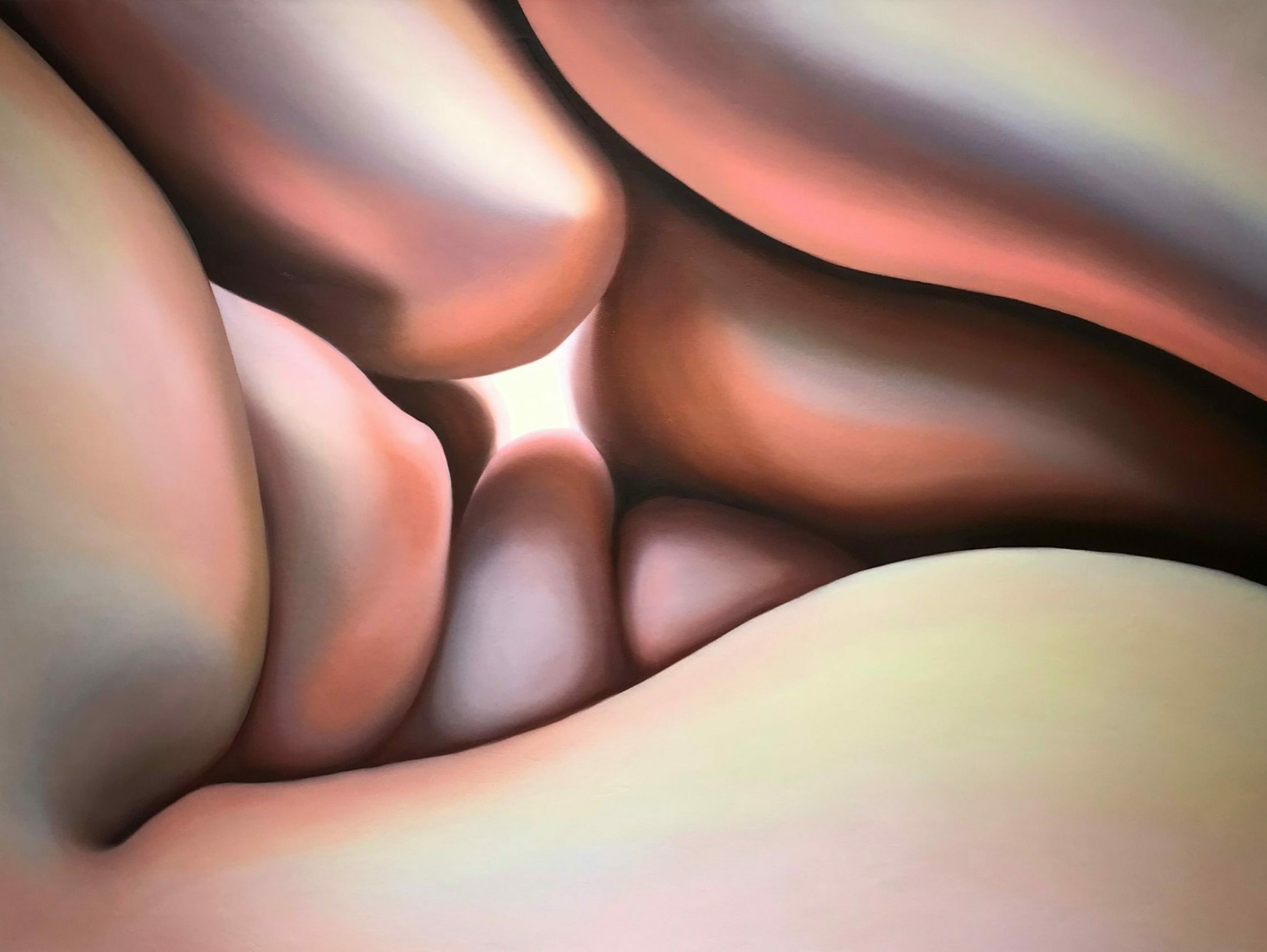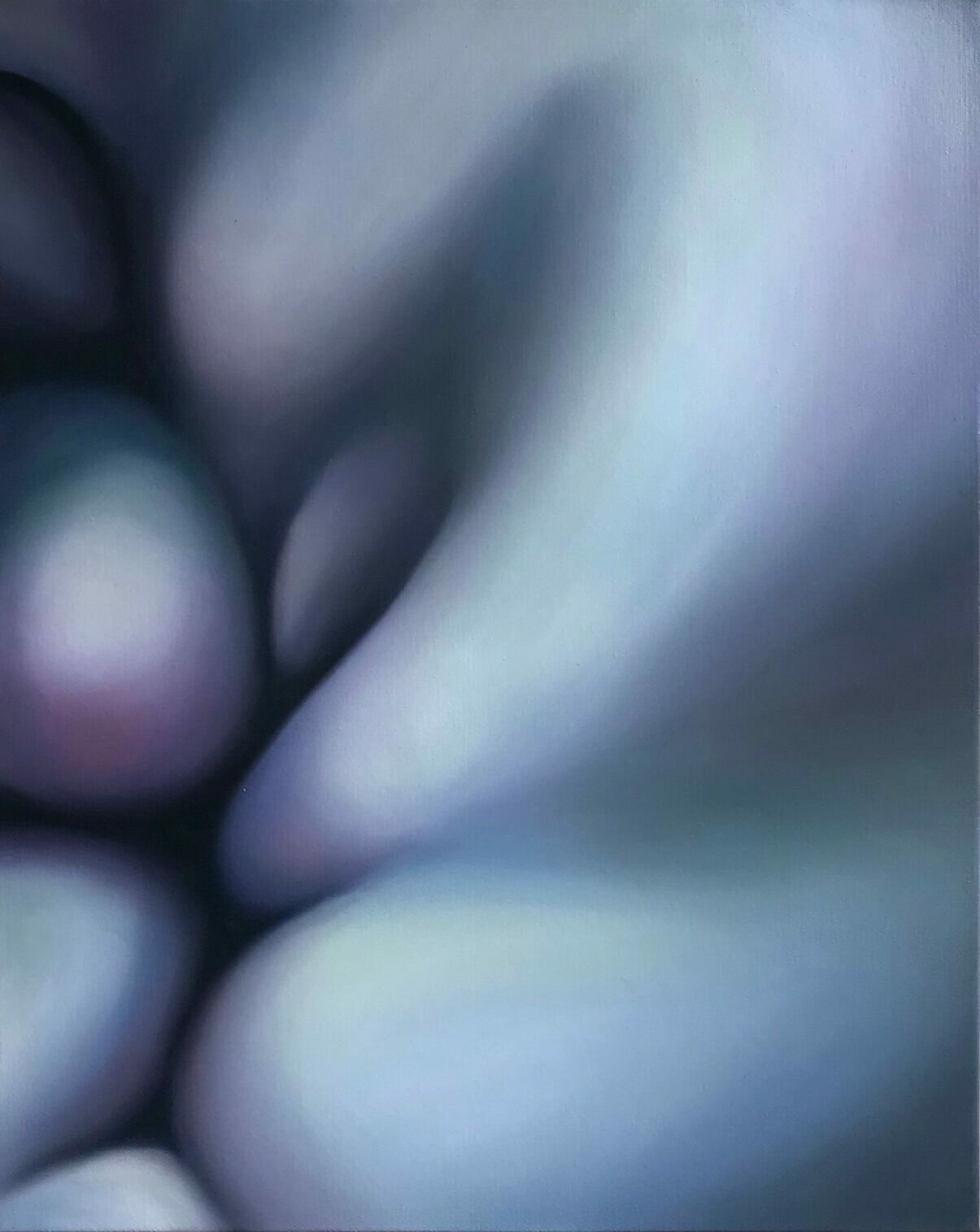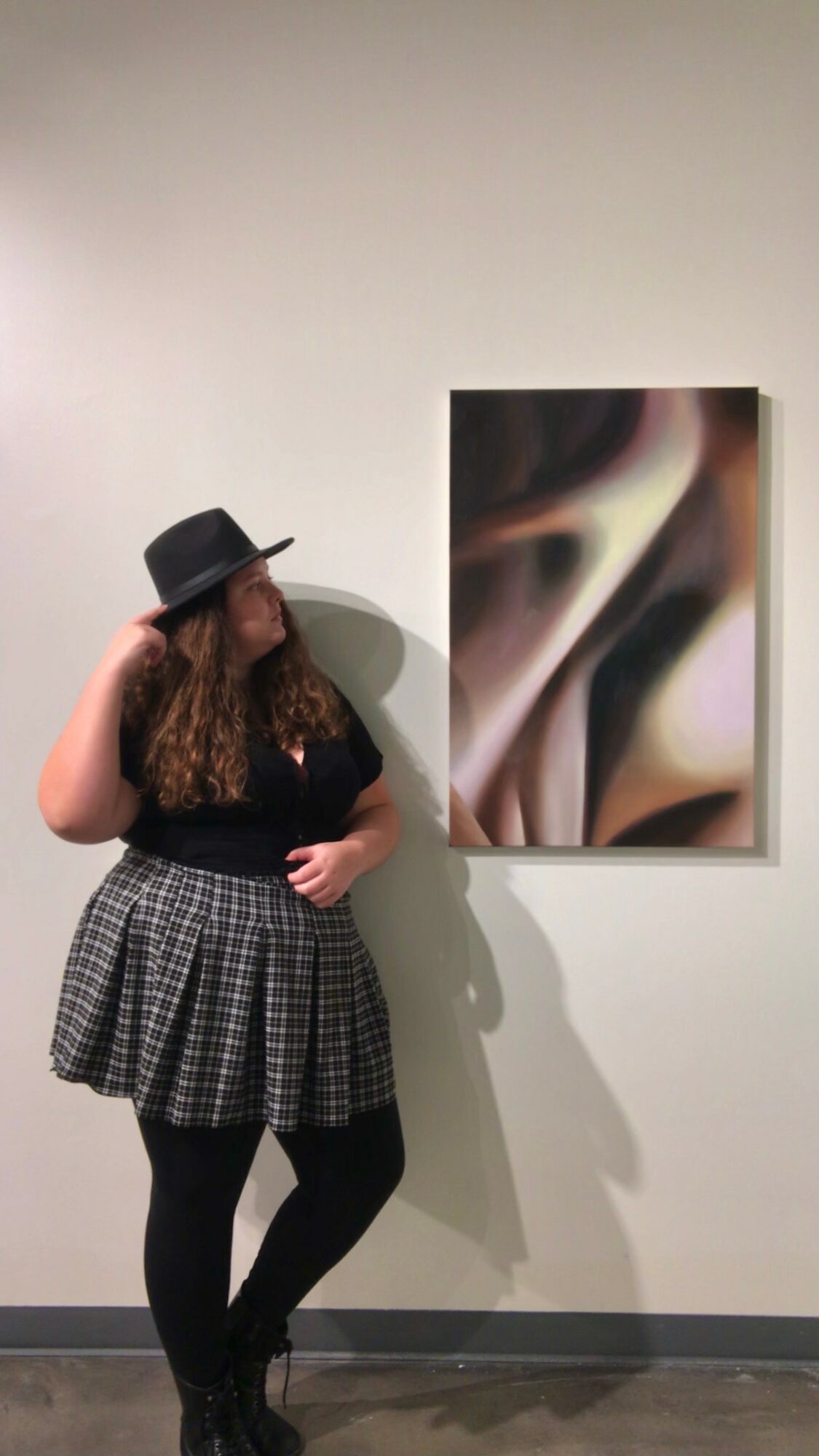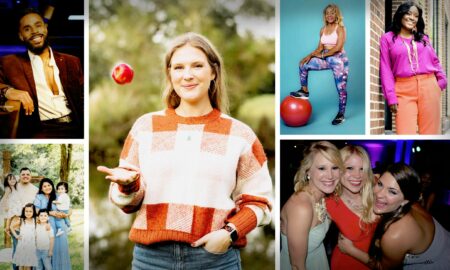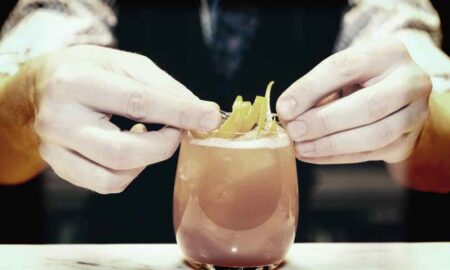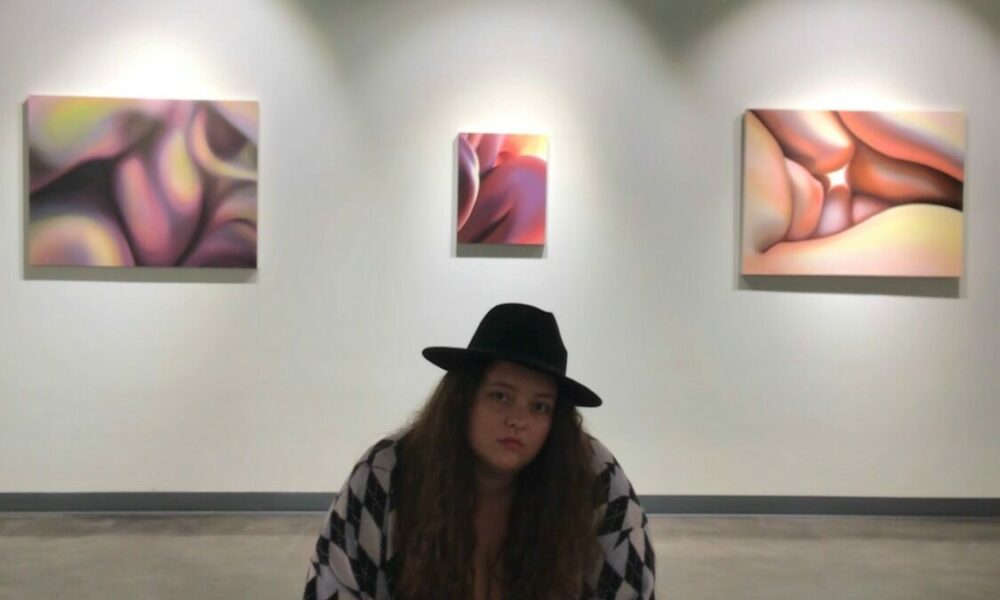

Today we’d like to introduce you to Julia Kidd.
Hi Julia, we’d love for you to start by introducing yourself.
I grew up in a very loving, supportive, academically-minded household. Although my parents knew nothing about art, they encouraged me to embrace my creative outlets. I always had my nose stuck in a book: the written word has been a constant source of inspiration in my life. I dabbled in choir, band, theatre, art, creative writing, and film, constantly exploring new interests as they were introduced to me.
It wasn’t until I was an undergrad at Rice University that I really embraced painting as my primary mode of expression. And it still wasn’t until midway through my degree in English Literature and Mathematics that I realized I never wanted to stop, even at the risk of my future financial stability.
Art was the only field I was willing to risk everything for my time, effort, education, social life, financial stability, everything. I graduated from Rice with a BA in Art History and Studio Art, and am about to enter the third year of my MFA in Painting at the University of Houston. Grad school has completely evolved my practice and I hope to continue exhibiting and collaborating with my current School of Art cohort.
Can you talk to us about the challenges and lessons you’ve learned along the way? Looking back would you say it’s been easy or smooth in retrospect?
No path forward in the art world is easy or straightforward. I worked at the Moody Center for the Arts for four years, and the Blaffer Art Museum for a year and a half before realizing that I no longer wished to continue working in museum/gallery settings. I have switched my focus to teaching, which has been very fulfilling.
Currently, I teach a Fundamentals of Painting course, I am an Instructor’s Assistant for a Contemporary Painting Art History course, and I co-teach a Dance Independent Study course with Alexandra Lechin in conjunction with our Convergence Research project. This performance opportunity, founded by the Cynthia Woods Mitchell Center and hosted by the Blaffer Art Museum, opened my eyes to the life of an Art Director: balancing the skills of many personalities in varied fields to create something new and exciting.
I feel an intense pull towards interdisciplinary work that I have never been given such free reign to explore before. Opportunities like this are what have allowed me to never fear change as I continue down this winding path that is a career in the arts.
Alright, so let’s switch gears a bit and talk business. What should we know about your work?
Working in Houston has led to many exciting opportunities for my career, including an art residency in Marfa, Texas, collaborating with Alexandra Lechin on our “Polyoptic Paradox” performance, exhibiting my most recent series, “Sun Kissed” at Elgin Street Studios, and working with UH’s Public Art office to develop a series of workshops for next fall.
In my studio practice I work primarily in oil paints, and I explore the intimate dynamic between our minds and our bodies, and our bodies to the natural world around us. I think of the body as a location of both pleasure and pain, a map of past and present, and our vessel to embark upon the future. It symbolizes our temporality through its fragility, as well as its majesty in our passionate experience of the world.
My portraits of the body are celebrations of innate beauty. The figure is uncovered, unabashed, and unapologetic. Through altered perspectives, dramatic lighting, and an exaggerated palette I allow the subject to become a sublime feat of nature rather than a blasé fact of reality.
Where do you see things going in the next 5-10 years?
Over the next 5-10 years I anticipate the divide between traditional and digital art to grow more tumultuous. The integration of AI interfaces, NFTs, and immersive installations using VR and projections are all pointing towards a shift in viewer expectations as the art world’s relationship with technology is rapidly expanding.
I believe museums and galleries are going to have to make a decision as to what type of establishment they are and what type of art they want to support, because as the exhibition possibilities have grown exponentially, the amount of time and space with which they have to show the work is still the same.
Contact Info:
- Website: https://juliakiddart.squarespace.com/
- Instagram: @j.kiddart
